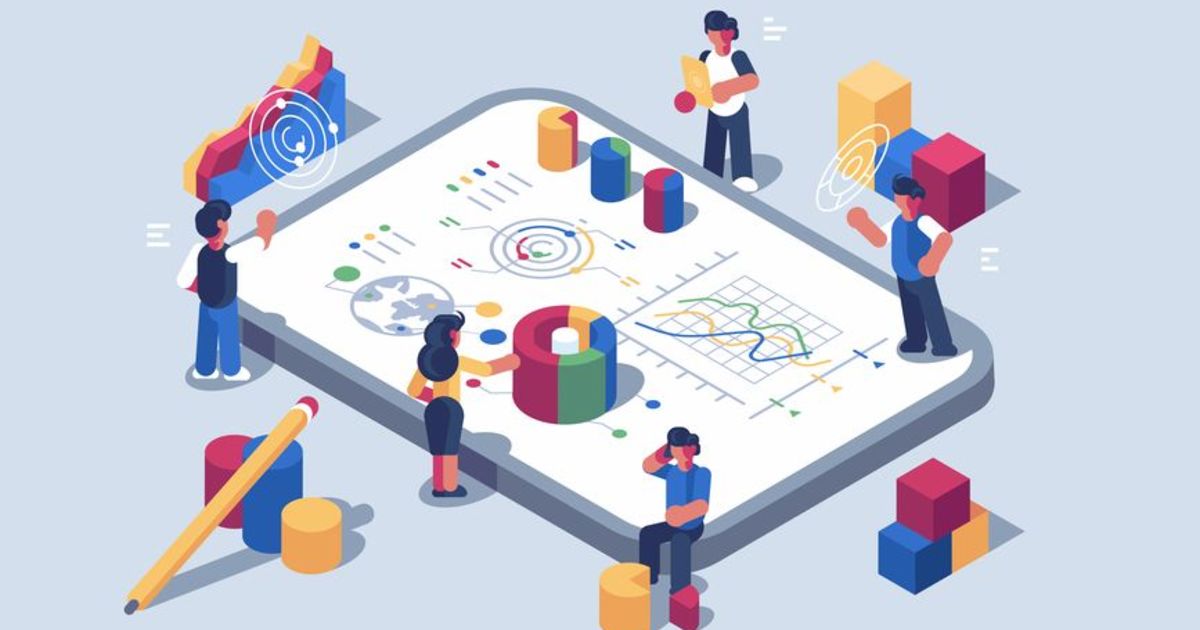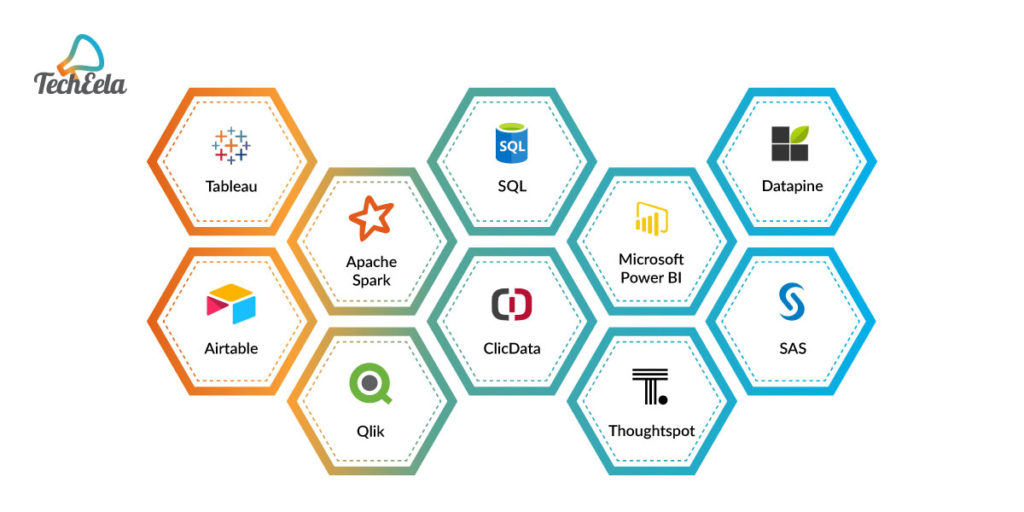Increase Efficiency and Productivity With Data Analytics
In today's data-driven landscape, services are increasingly recognizing the critical function of data analytics in boosting functional performance and productivity. By systematically analyzing information, companies can discover crucial insights that inform strategic choices, streamline procedures, and dressmaker client experiences.
Understanding Information Analytics
In today's data-driven landscape, understanding data analytics is important for companies aiming to enhance operational efficiency and drive earnings. Data analytics involves the systematic computational analysis of data collections to uncover patterns, correlations, and understandings that inform decision-making. By employing different techniques, such as statistical evaluation, artificial intelligence, and anticipating modeling, companies can change raw data into actionable knowledge.
The procedure commonly starts with information collection, where pertinent information is gathered from multiple sources, including transactional data sources, consumer communications, and market patterns. This data is after that cleansed and arranged to make certain precision and uniformity. As soon as the information is prepared, logical tools and software are made use of to discover and envision the details, allowing stakeholders to recognize abnormalities and trends.
Ultimately, comprehending information analytics equips organizations to make educated choices based upon empirical proof as opposed to intuition. It assists in targeted techniques that can optimize source allocation, boost consumer contentment, and boost total performance. As companies progressively recognize the worth of data-driven understandings, a strong understanding of data analytics comes to be a crucial proficiency for leaders and teams alike, placing them for sustained success in a competitive setting.

Key Benefits for Services
Services that utilize data analytics can unlock a multitude of advantages that substantially boost their procedures and earnings. Among the key advantages is improved decision-making. Information analytics offers workable insights originated from real-time information, allowing businesses to make educated selections that align with market demands and consumer preferences.

Furthermore, data analytics cultivates boosted customer experiences. By comprehending client behaviors and preferences, companies can tailor their offerings, bring about increased fulfillment and commitment. This tailored strategy commonly causes greater conversion rates and repeat company.
Moreover, data analytics enables organizations to identify emerging opportunities and fads. By remaining ahead of the curve, companies can profit from brand-new markets and developments before their rivals.
Carrying Out Data-Driven Approaches
Effective application of data-driven techniques calls for a thorough understanding of both business goals and offered information sources. Organizations has to first specify their goals clearly, guaranteeing alignment in between information efforts and tactical aims. This clearness allows teams to concentrate on appropriate metrics and insights that drive decision-making.
Premium information is crucial for precise evaluation, as poor data can lead to illinformed techniques and thrown away sources - Analytics. Organizations needs to establish processes for information collection, cleaning, and monitoring to maintain data honesty.
Moreover, cultivating a data-driven society is critical. Workers in any way degrees should be motivated to leverage data in their day-to-day operations. Educating workshops and programs can enhance data proficiency, encouraging staff to make enlightened choices based upon analytical insights.
Tools and Technologies Introduction
A robust suite of modern technologies and tools is vital for companies aiming to harness the complete capacity of data analytics. These devices facilitate the collection, handling, and visualization of information, making it possible for companies to acquire actionable understandings.
At the fundamental degree, information management systems such as SQL databases and NoSQL systems give efficient information storage space and retrieval abilities. For information processing and evaluation, programming languages like Python and R, along with structures such as Apache Glow, make it possible for complex calculations and equipment knowing applications.
Visualization tools, including Tableau Related Site and Power BI, change raw information into user-friendly visual styles, making understandings accessible to stakeholders in any way degrees. Additionally, cloud-based systems like Google Cloud and AWS provide scalable storage and processing services, fitting the growing quantities of data companies encounter.
For innovative analytics, anticipating modeling and AI-driven solutions are significantly embraced, permitting business to forecast trends and boost decision-making processes. Incorporating these devices into existing workflows is extremely important; companies that efficiently utilize this innovation can dramatically improve operational performance and drive success. Therefore, buying the right tools and innovations is a strategic vital for any kind of data-driven organization.
Study of Success
Leveraging data analytics has led numerous companies to achieve amazing improvements in efficiency and earnings. One remarkable instance is a big retail chain that applied anticipating analytics to maximize supply management. By examining historical sales information and consumer patterns, the firm minimized excess inventory by 30%, resulting in significant price savings and boosted capital.
Another example can be found in the production field, where a leading automotive producer utilized data analytics to improve its manufacturing procedures. By keeping track of machine performance in real-time, the organization recognized ineffectiveness and traffic jams, causing a 20% rise in overall devices performance (OEE) This not only boosted production rates yet likewise reduced downtime and maintenance expenses.
These instance research studies show exactly how information analytics can drive tactical decision-making, optimize procedures, and eventually enhance both performance and earnings across different sectors.
Verdict
To conclude, the combination of data analytics right into business operations offers significant chances for enhancing performance and success. By systematically examining information, companies can recognize ineffectiveness, enhance client experiences, and make notified decisions. The adoption of anticipating modeling and real-time surveillance additionally enables services to stay ahead of arising fads and allot sources successfully. Ultimately, the tactical implementation of data-driven techniques cultivates sustained competitive benefits and drives substantial enhancements in operational efficiency and financial results.
In today's data-driven landscape, comprehending information analytics is important for companies aiming to enhance functional effectiveness and drive earnings. Information analytics entails the organized computational evaluation of information collections to reveal patterns, relationships, and insights that inform decision-making. Data analytics provides actionable insights acquired from real-time data, enabling businesses to make enlightened selections that align with market needs and consumer choices.
Top notch data is essential for precise analysis, as inadequate data can lead to misdirected techniques and wasted resources. Organizations must develop procedures for data collection, cleansing, and administration to preserve data stability.